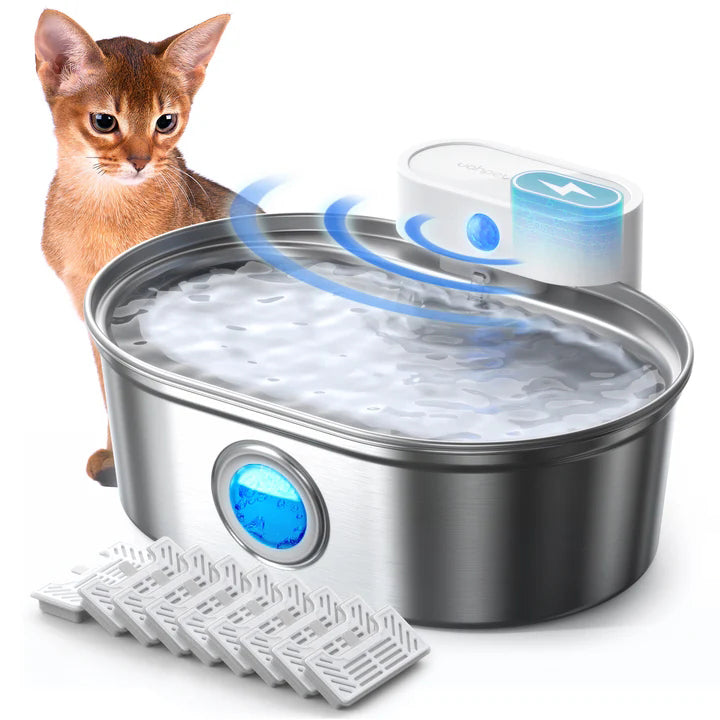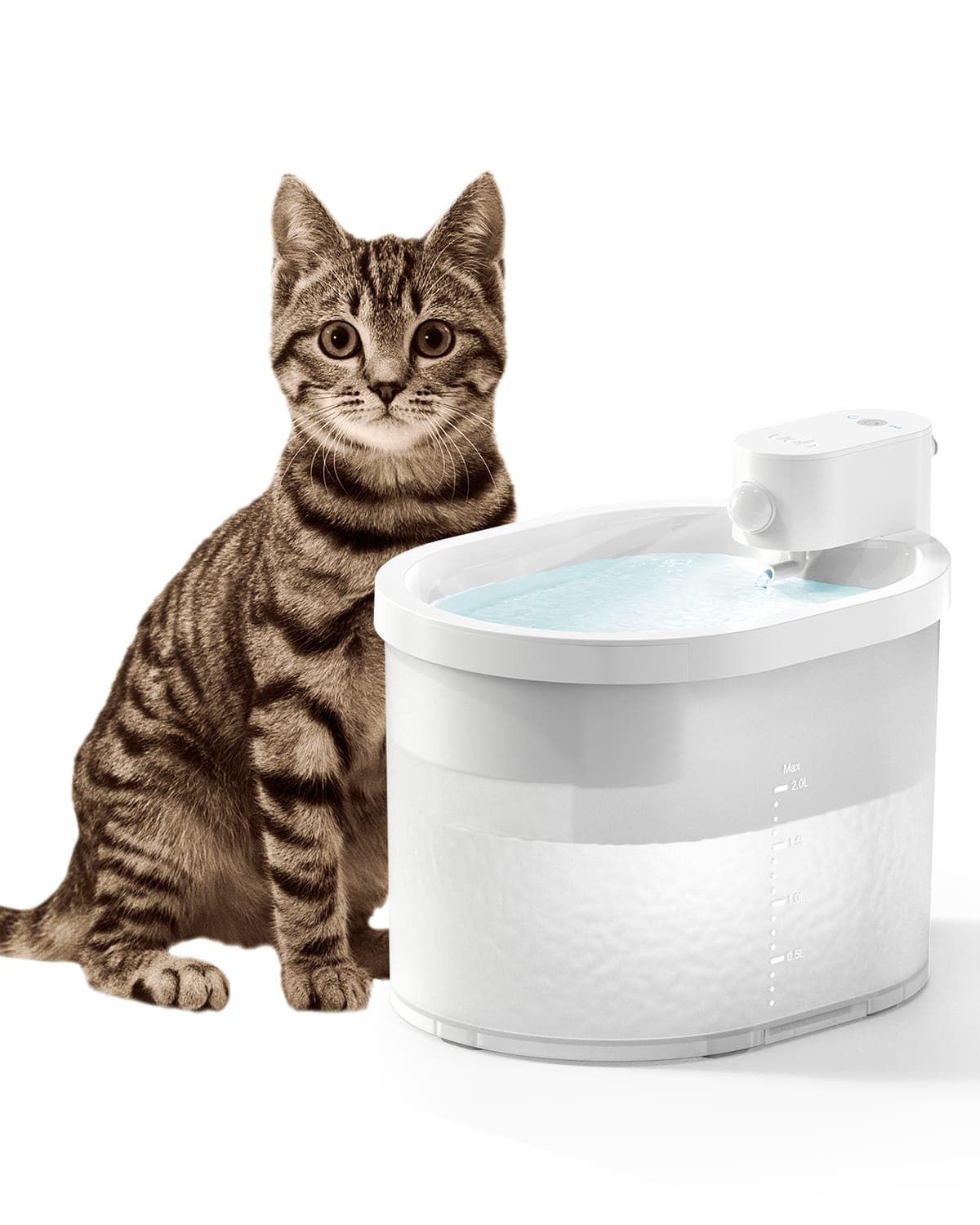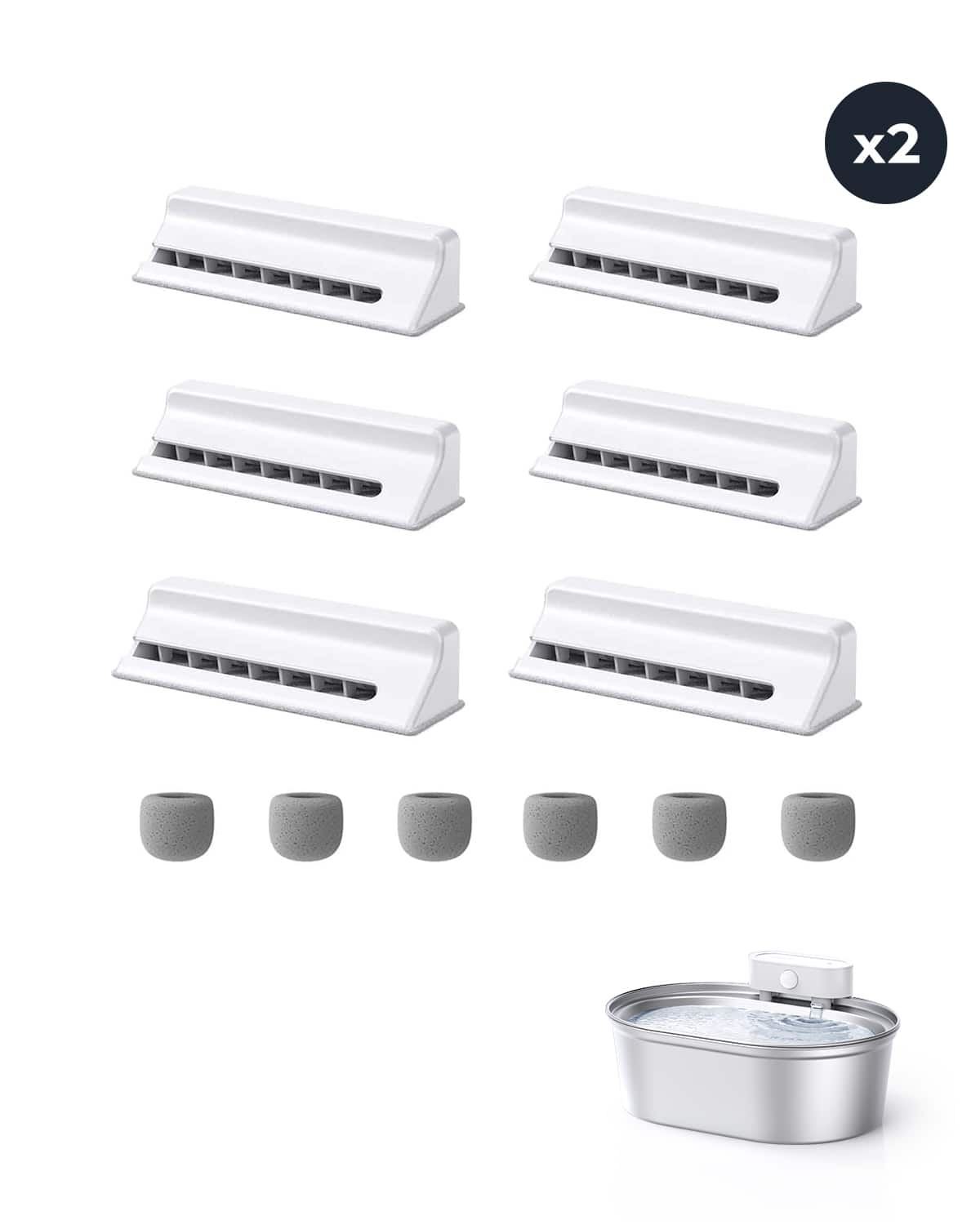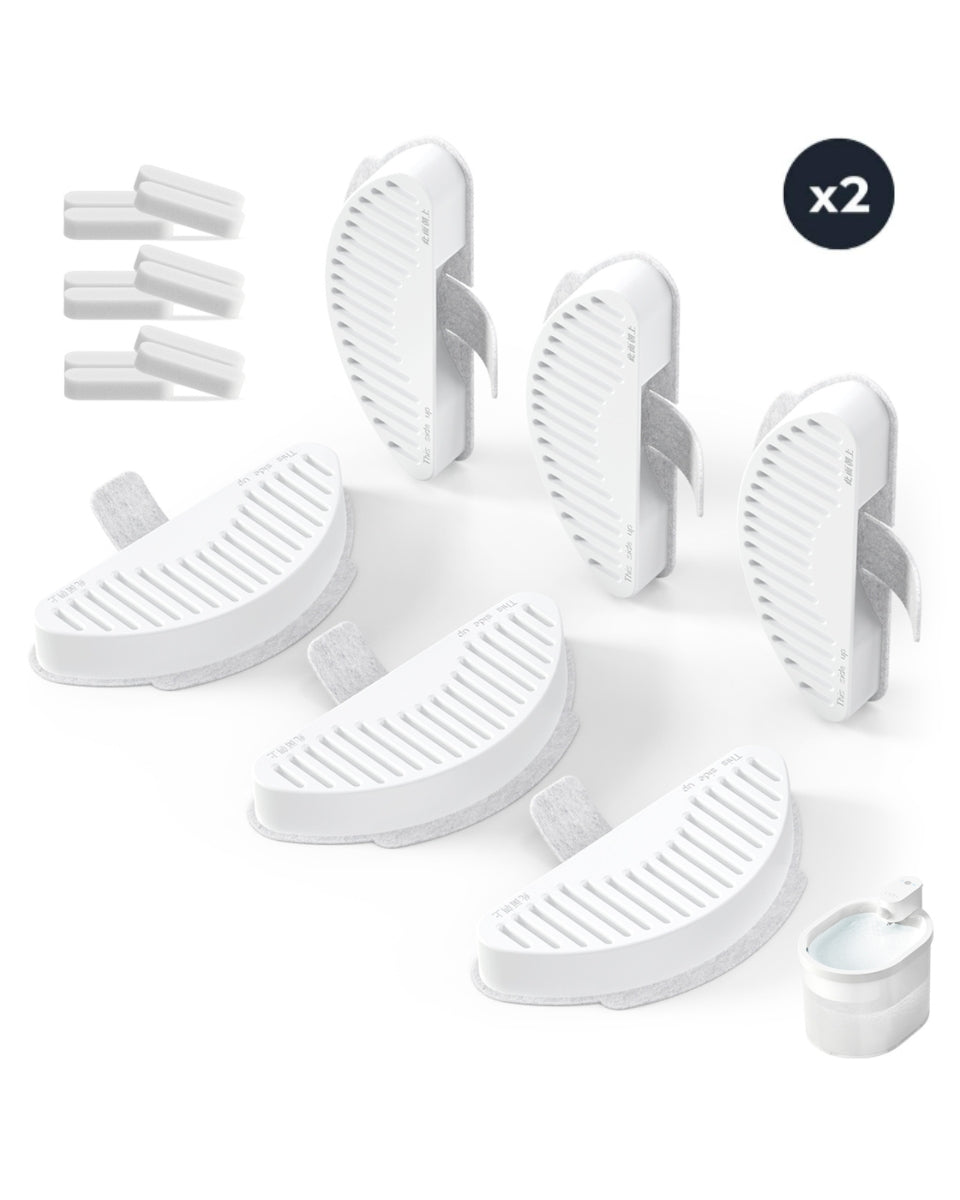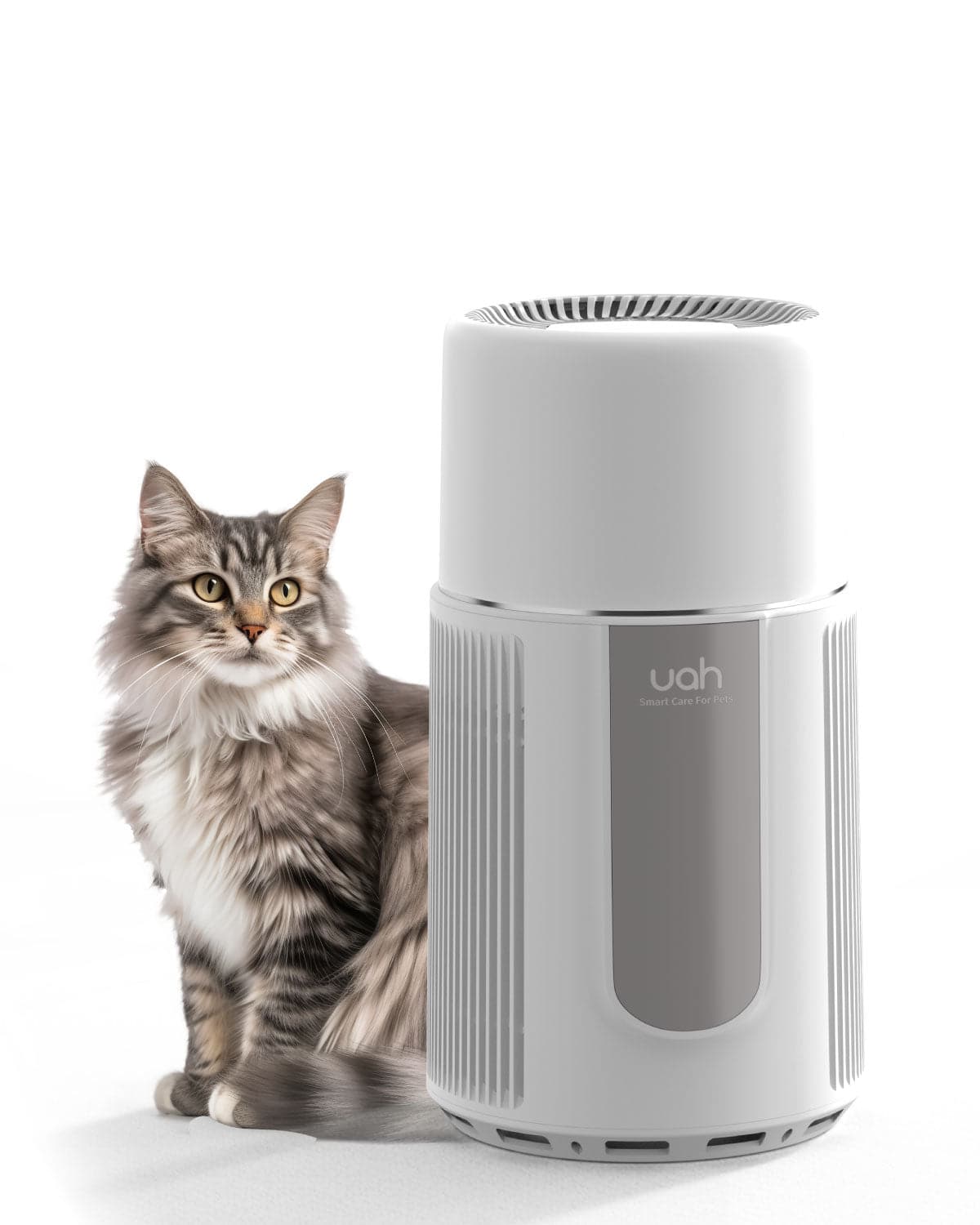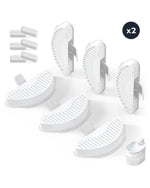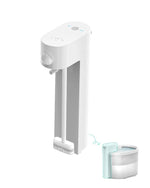For pet owners, managing pet hair can be a constant battle. From furniture to clothing, pet hair seems to find its way into every corner of the home. But what about the air? Do air purifiers catch pet hair, and can they help maintain a cleaner, healthier living environment? This article dives into the science behind air purifiers and their ability to tackle pet hair, offering insights and tips for pet owners.
How Air Purifiers Work
Air purifiers are designed to improve indoor air quality by removing pollutants, allergens, and particles from the air. They typically use filters, such as HEPA filters, to capture these particles. HEPA filters are highly effective at trapping small particles, including dust, pollen, and even pet dander. But what about pet hair? While pet hair is larger and heavier than many airborne particles, air purifiers can still play a role in managing it.
Can Air Purifiers Catch Pet Hair?
Air purifiers are not specifically designed to catch pet hair, but they can help reduce its presence in the air. Pet hair tends to settle on surfaces rather than remain airborne, so air purifiers are more effective at capturing smaller particles like pet dander. However, some air purifiers with pre-filters can trap larger particles, including pet hair, before they reach the main filter. This can help reduce the amount of hair circulating in the air and settling on surfaces.
Types of Filters That Can Help
Different types of filters in air purifiers can contribute to managing pet hair. Pre-filters are the first line of defense and can capture larger particles like pet hair. HEPA filters, on the other hand, are excellent at trapping smaller particles such as pet dander and allergens. Activated carbon filters can also help by reducing odors associated with pets. Combining these filters can provide a comprehensive solution for pet owners looking to improve air quality.
Benefits of Using Air Purifiers for Pet Owners
Using an air purifier can offer several benefits for pet owners. First, it can help reduce allergens in the air, making it easier for those with allergies to breathe. Second, it can minimize odors associated with pets, creating a fresher living environment. Finally, while air purifiers may not completely eliminate pet hair, they can help reduce its presence in the air, making it easier to clean surfaces.
Tips for Maximizing Air Purifier Effectiveness
To get the most out of an air purifier in a home with pets, consider the following tips. Place the air purifier in areas where pets spend the most time, such as living rooms or bedrooms. Regularly clean and replace filters to ensure optimal performance. Additionally, vacuum and dust frequently to remove pet hair from surfaces, reducing the amount that can become airborne. Combining these practices with an air purifier can create a cleaner, healthier home environment.
Limitations of Air Purifiers for Pet Hair
While air purifiers can help manage pet hair, they are not a complete solution. Pet hair is heavy and tends to settle on surfaces rather than remain airborne, so air purifiers are more effective at capturing smaller particles like dander. For pet owners, it’s important to use air purifiers in conjunction with regular cleaning routines to effectively manage pet hair.
Air purifiers can be a valuable tool for pet owners looking to improve indoor air quality and reduce allergens. While they may not completely eliminate pet hair, they can help minimize its presence in the air and on surfaces. By understanding how air purifiers work and implementing effective cleaning practices, pet owners can create a cleaner, healthier living environment for themselves and their furry friends.

